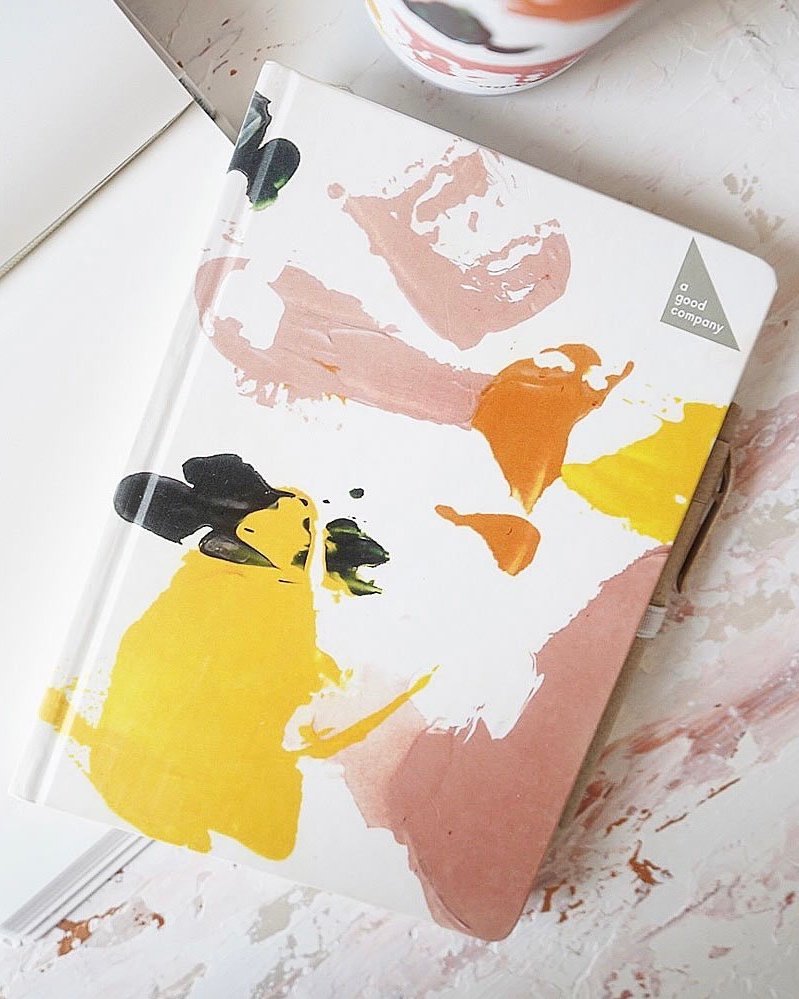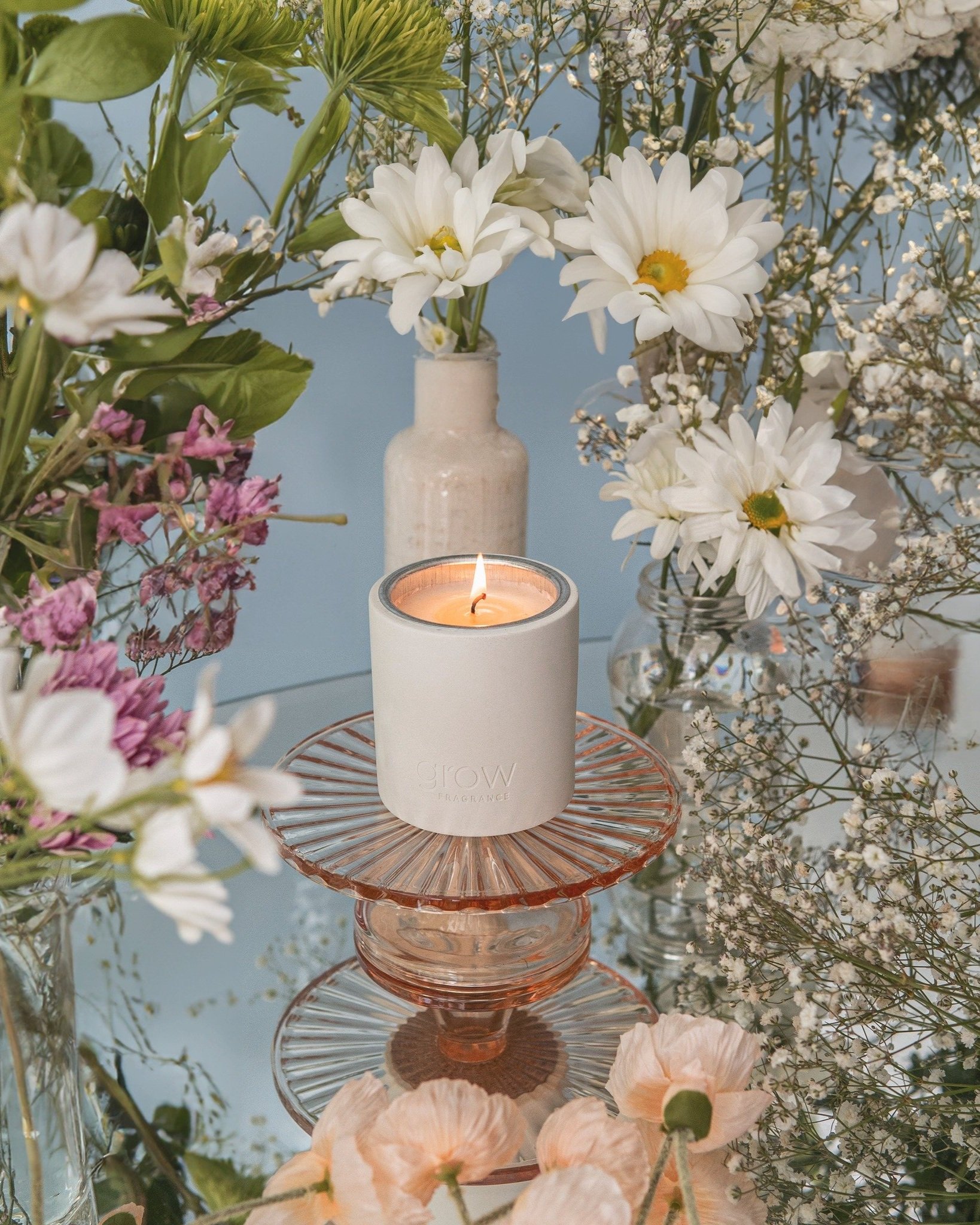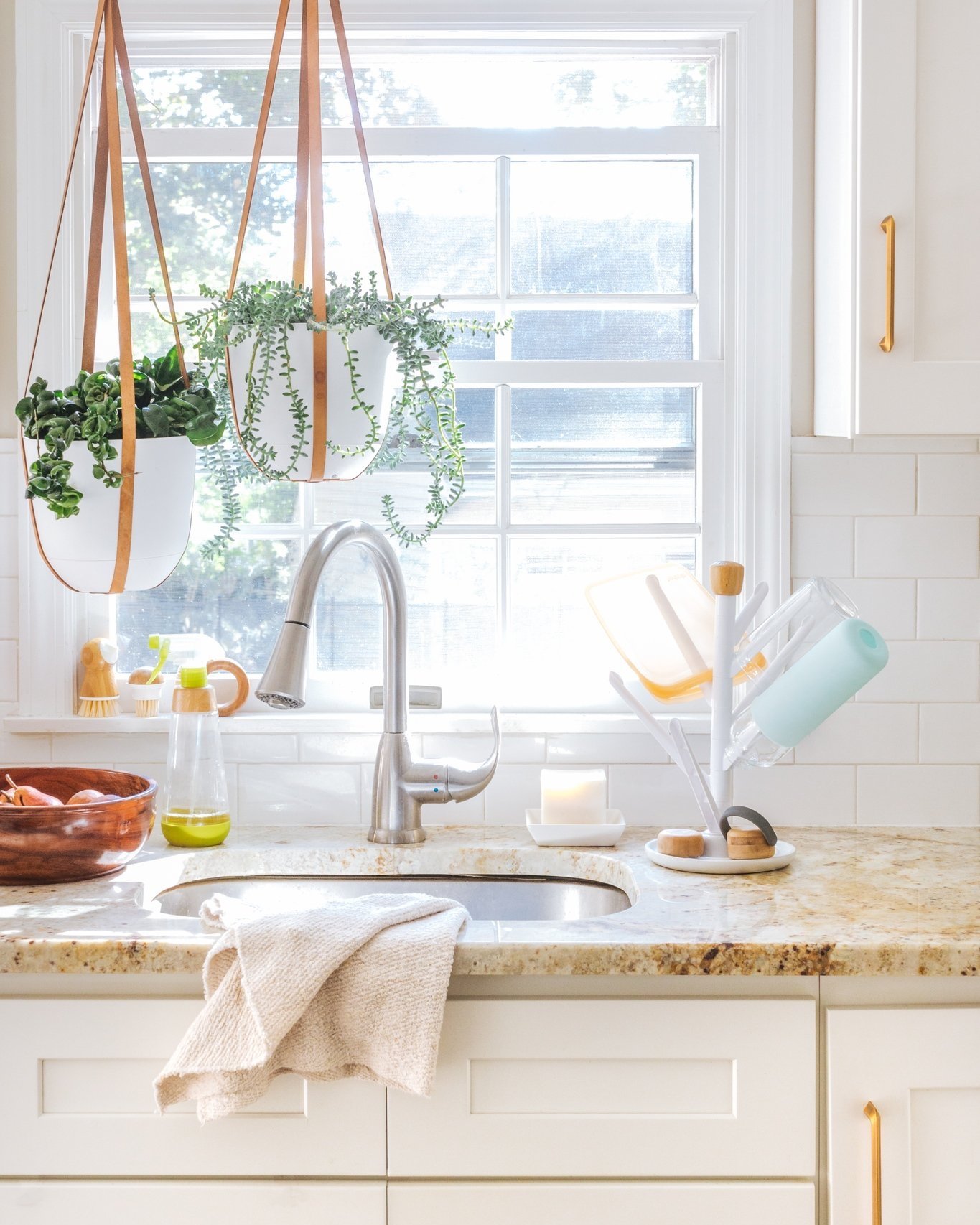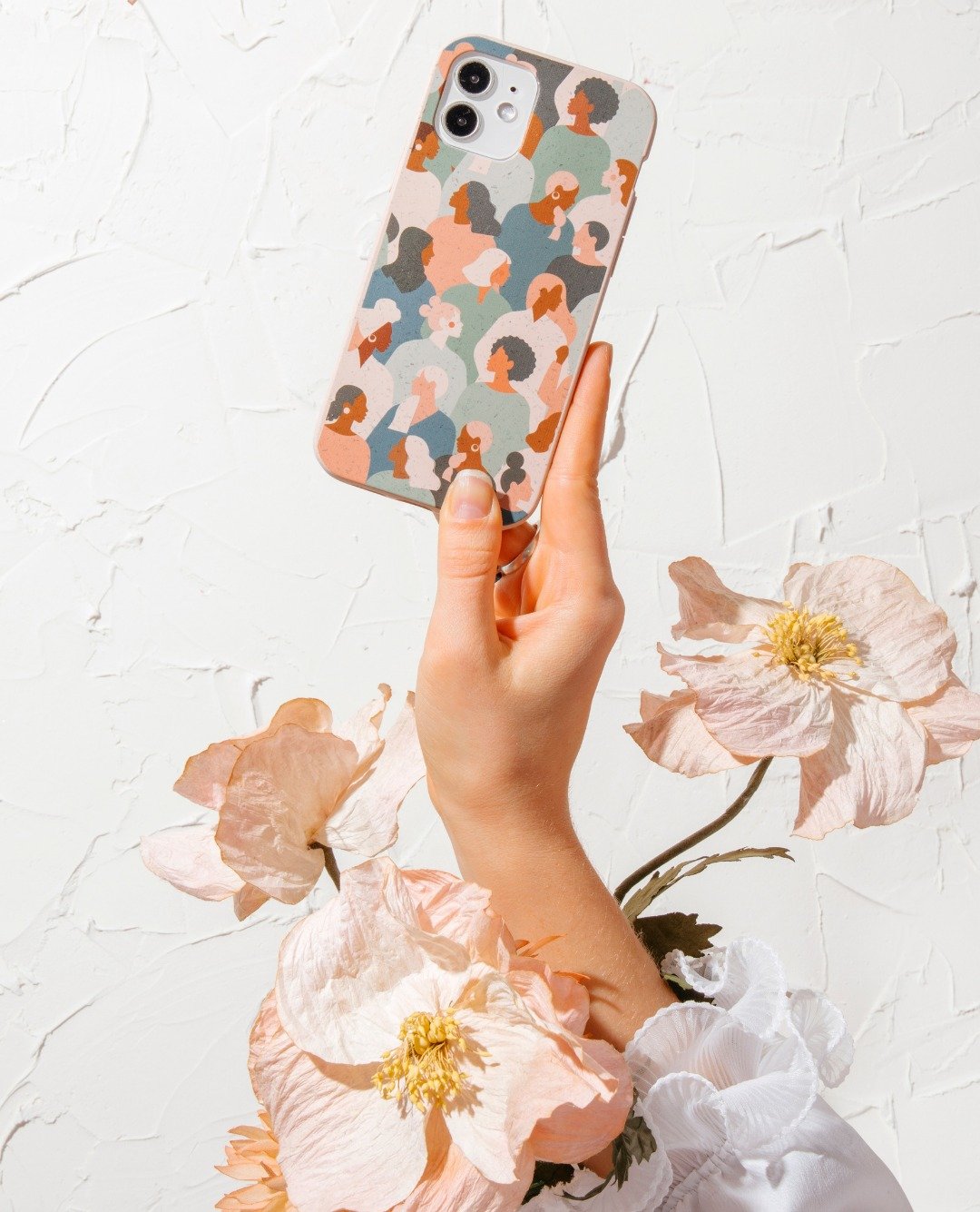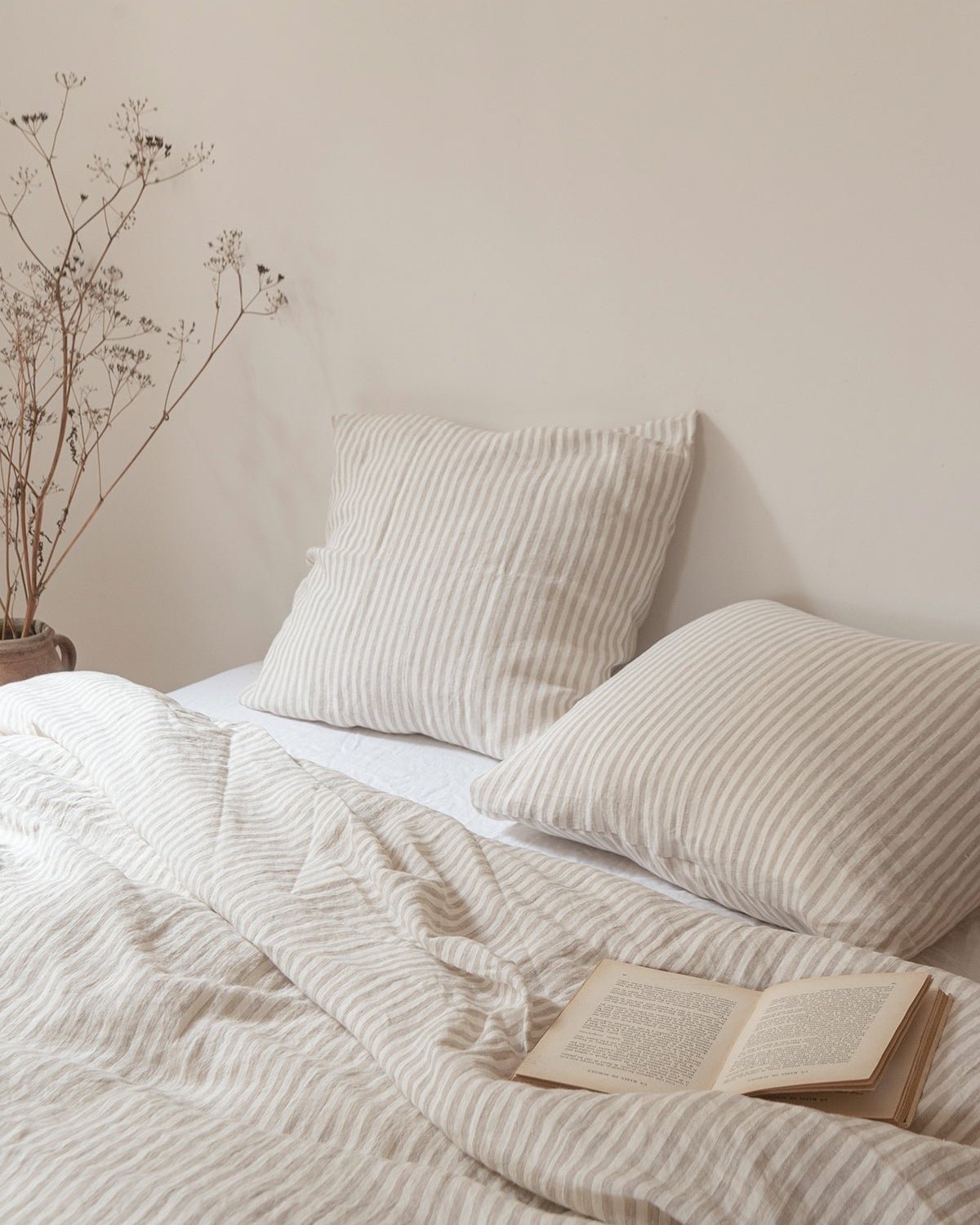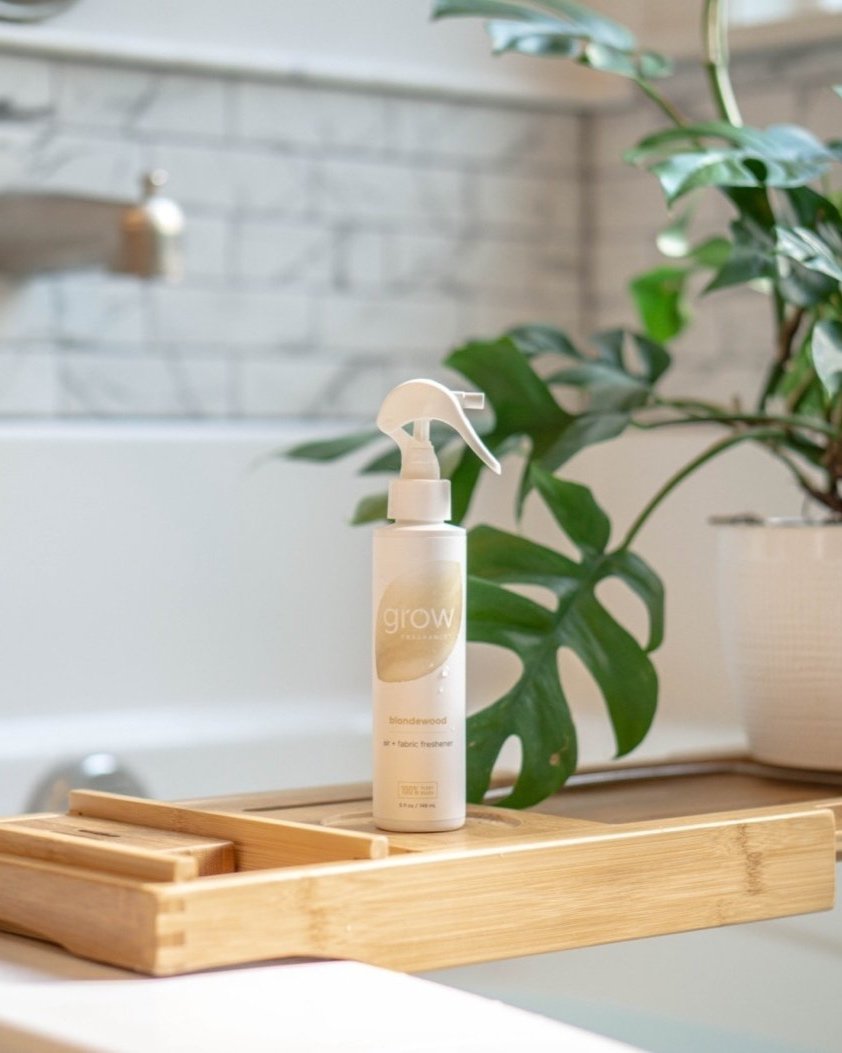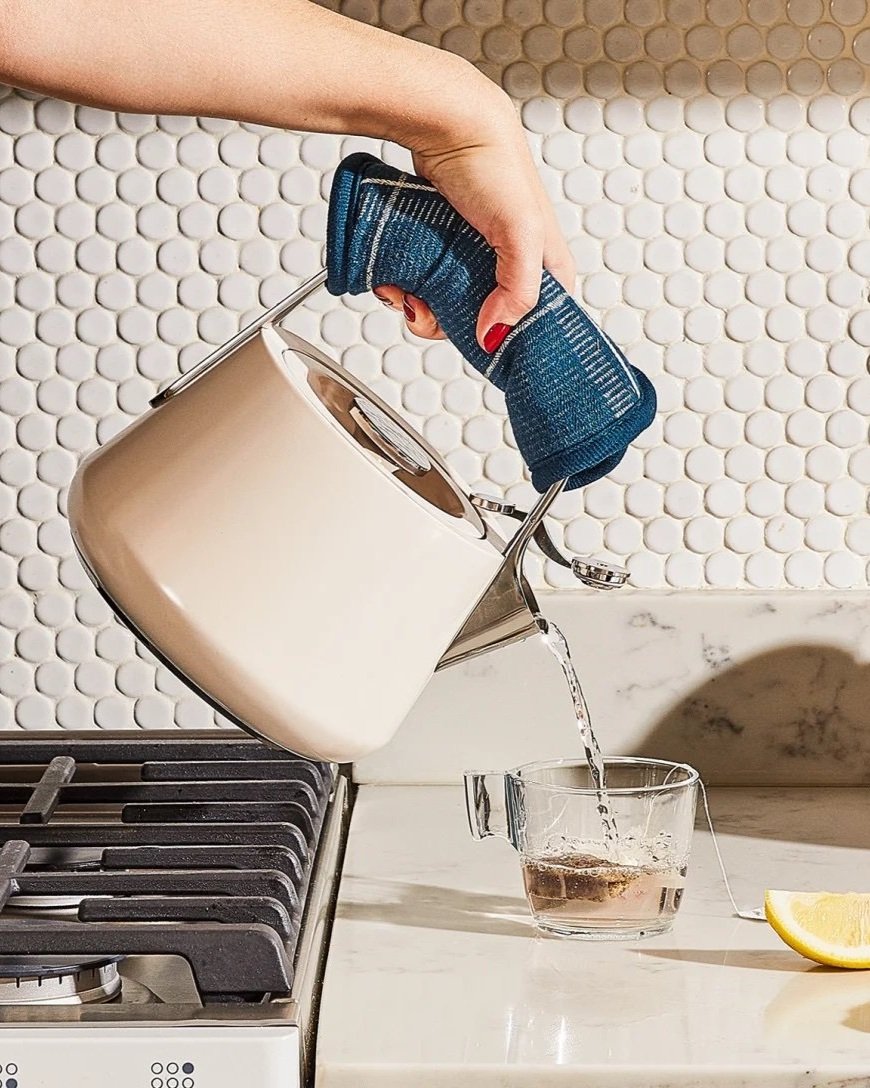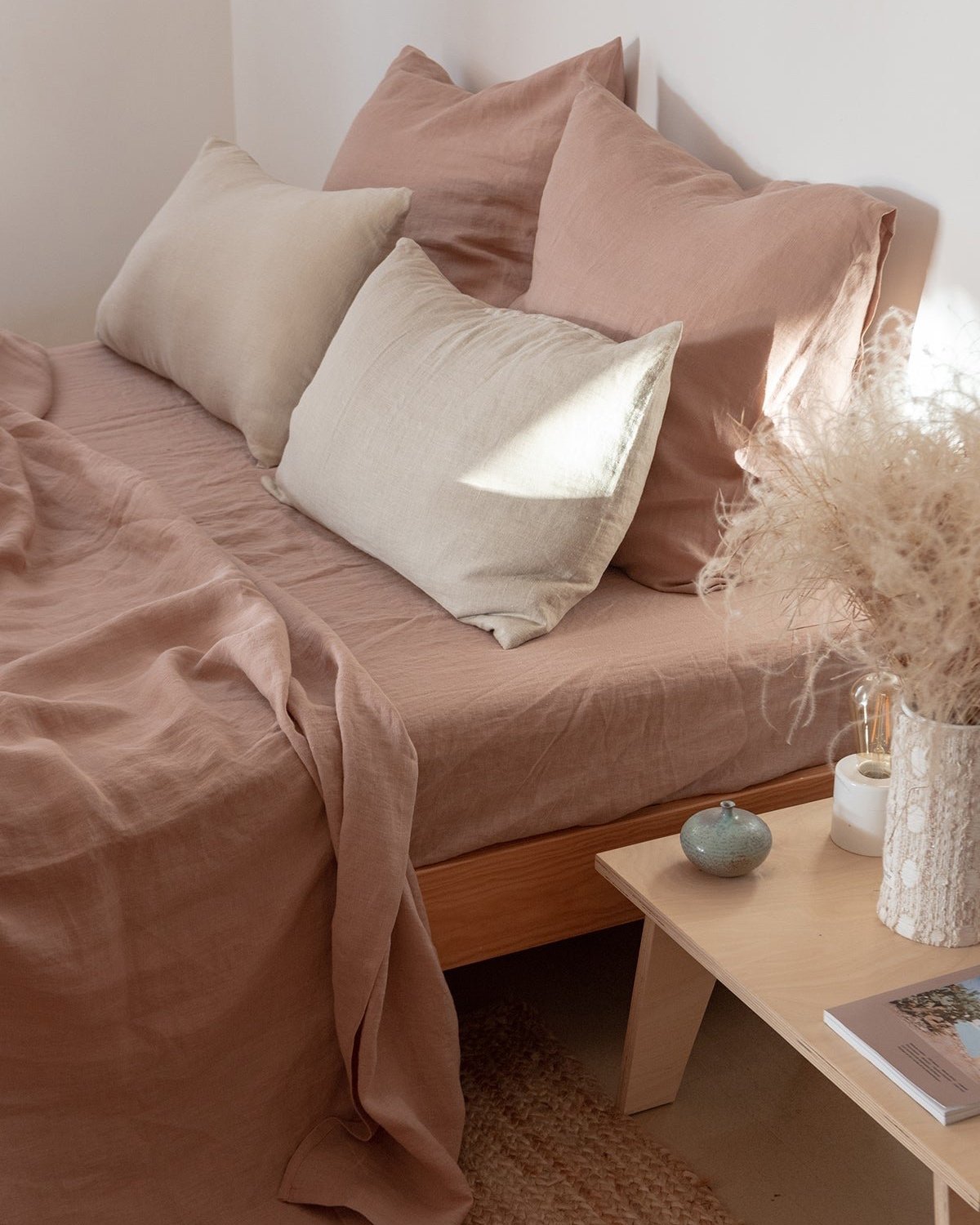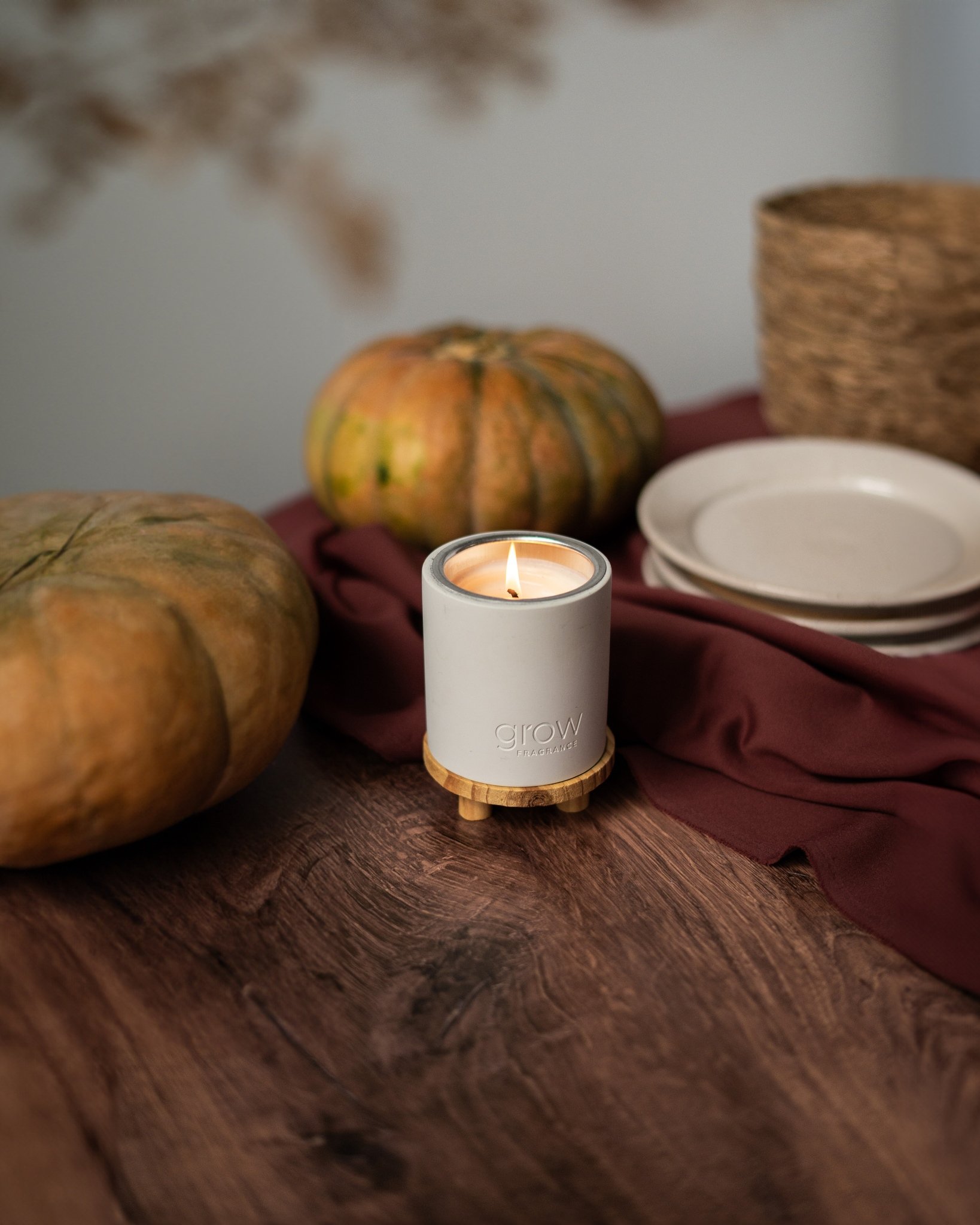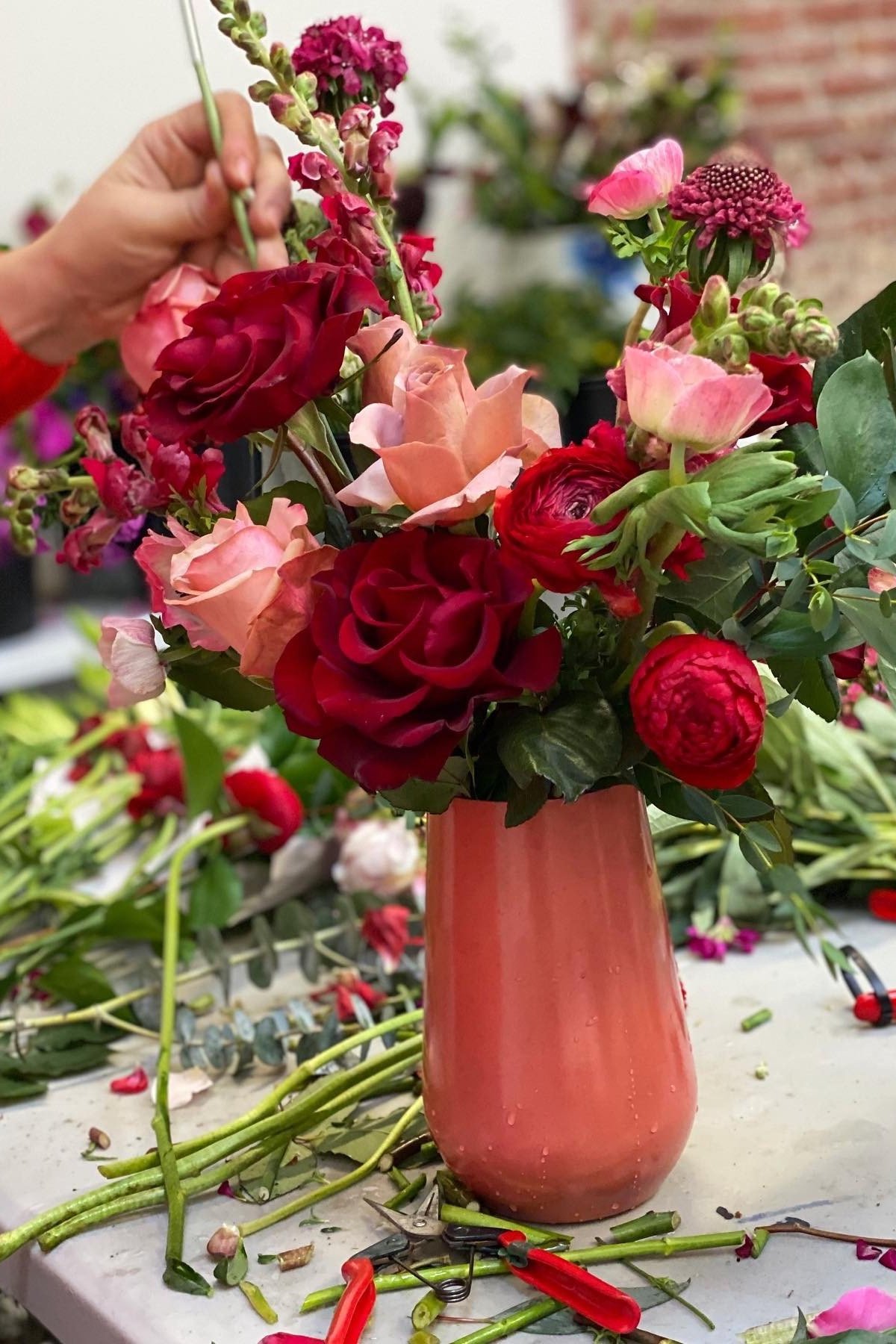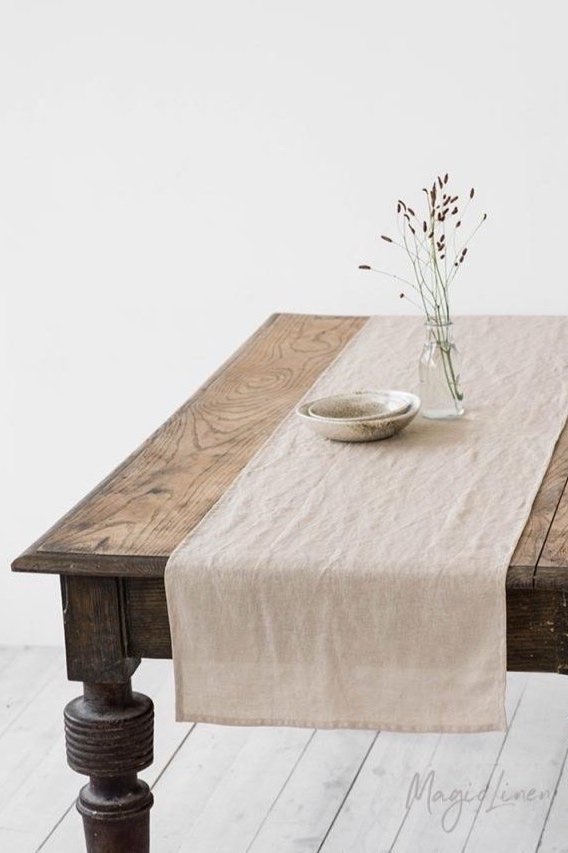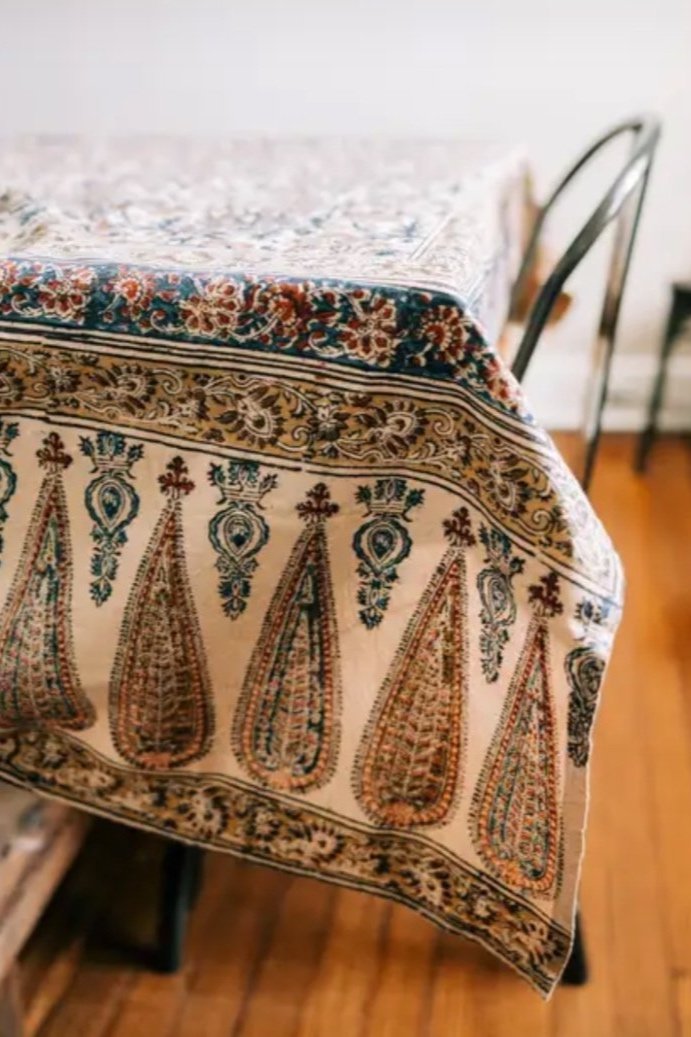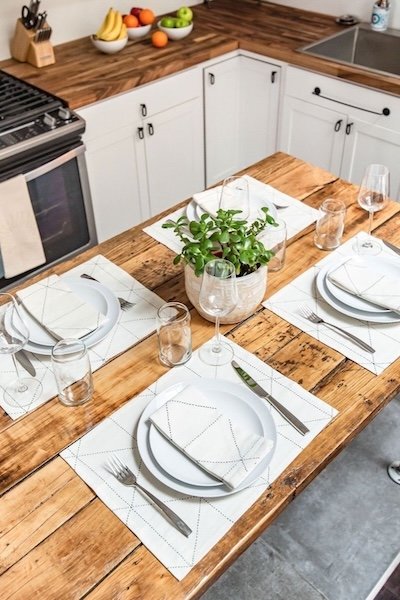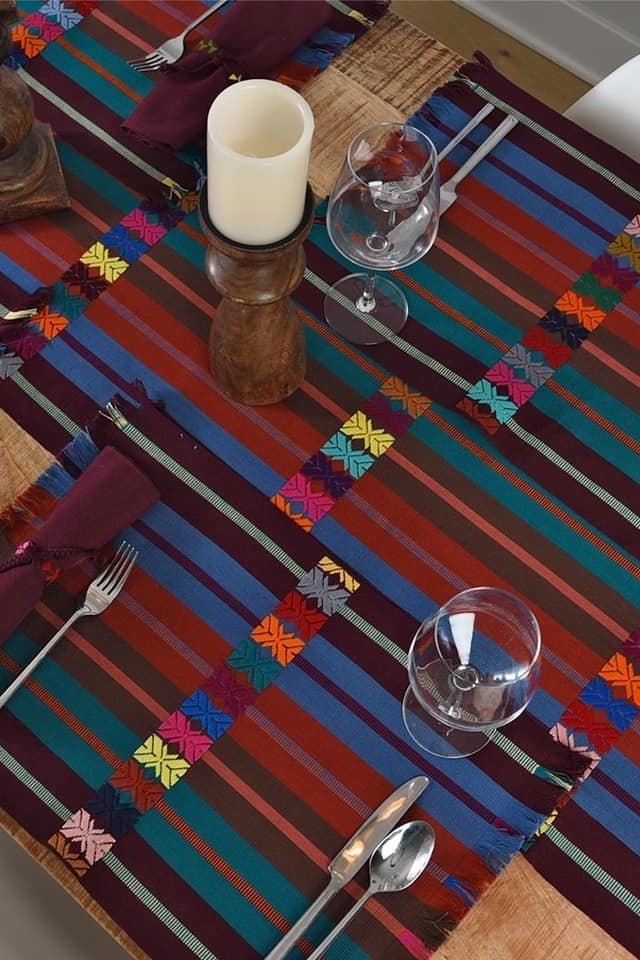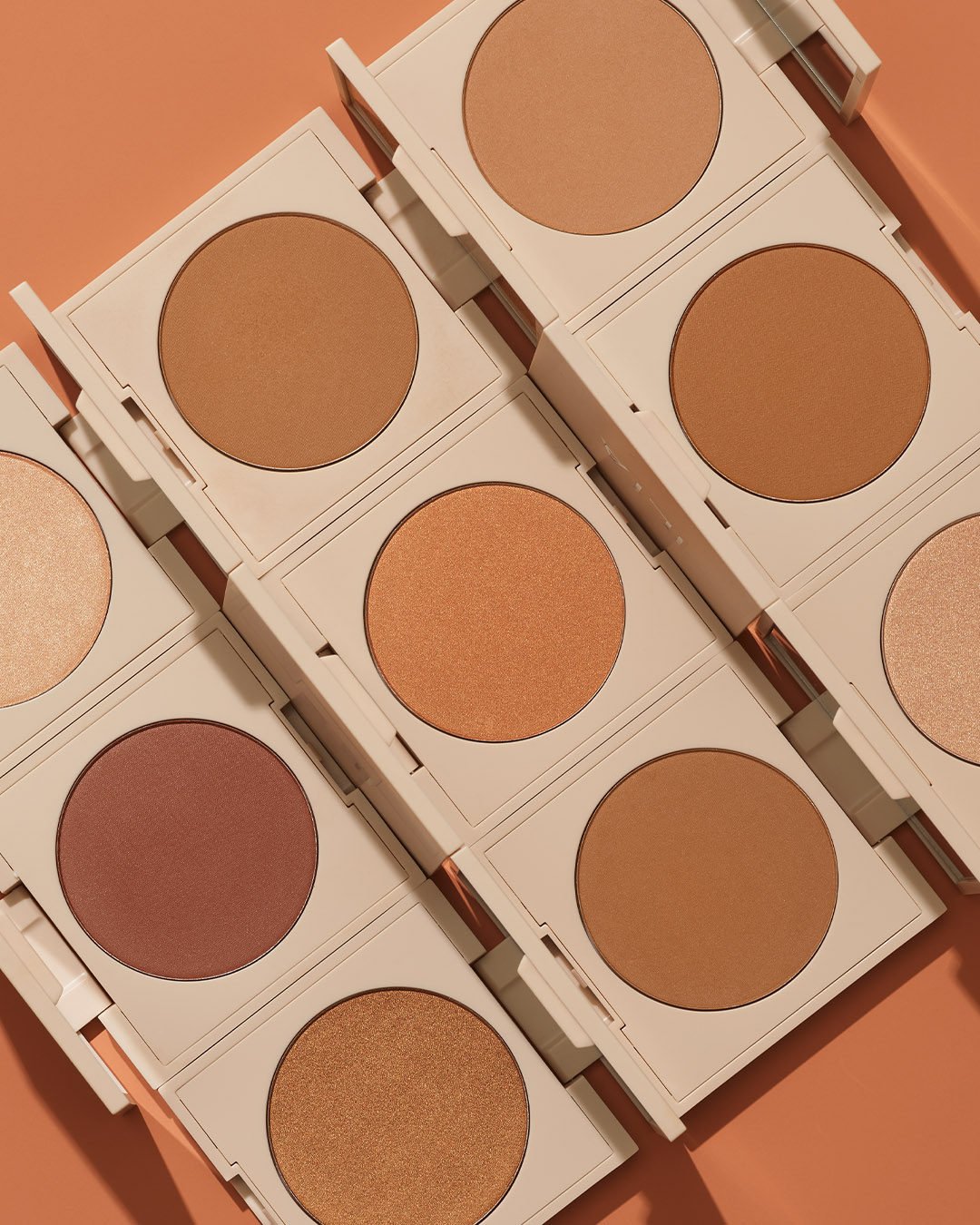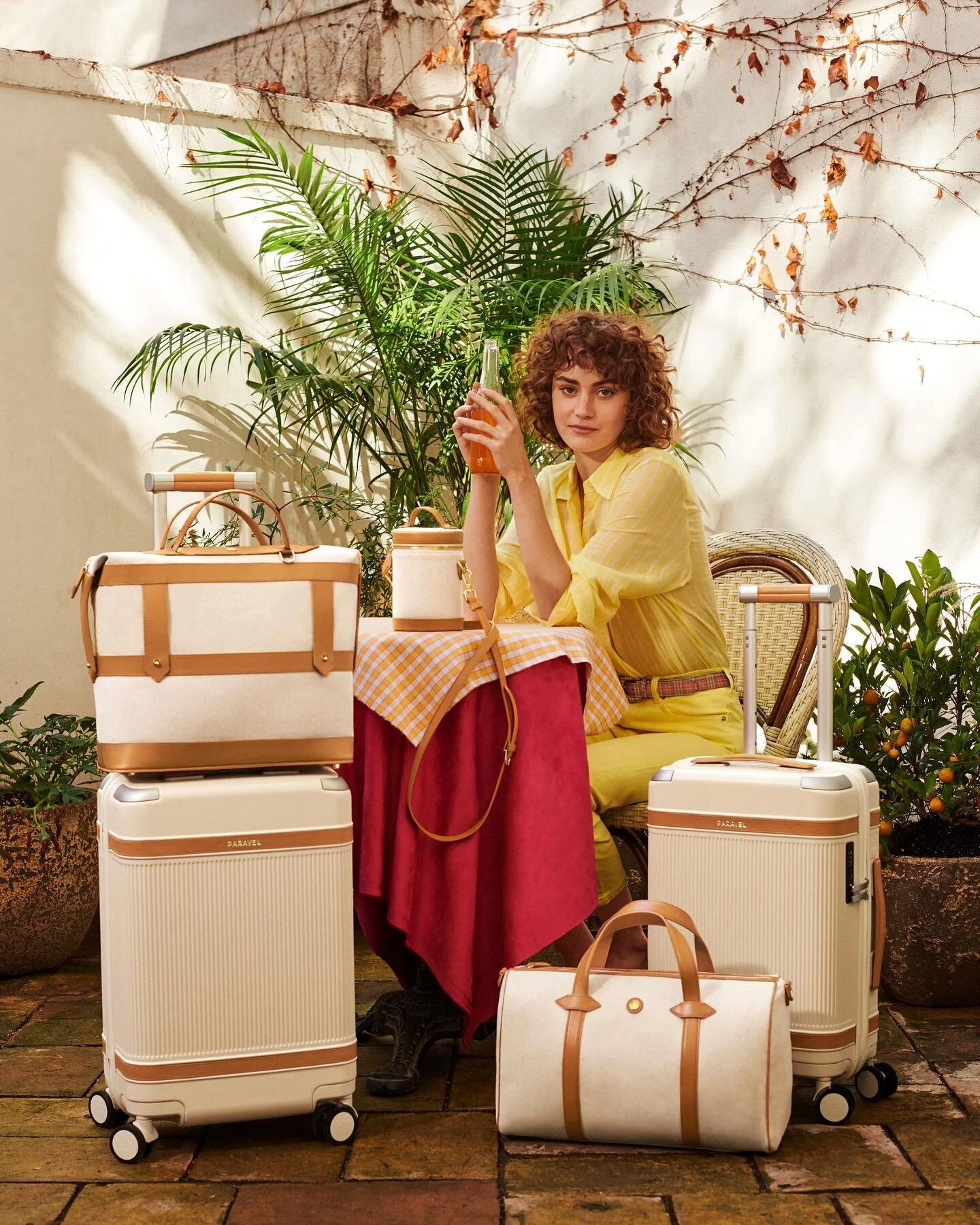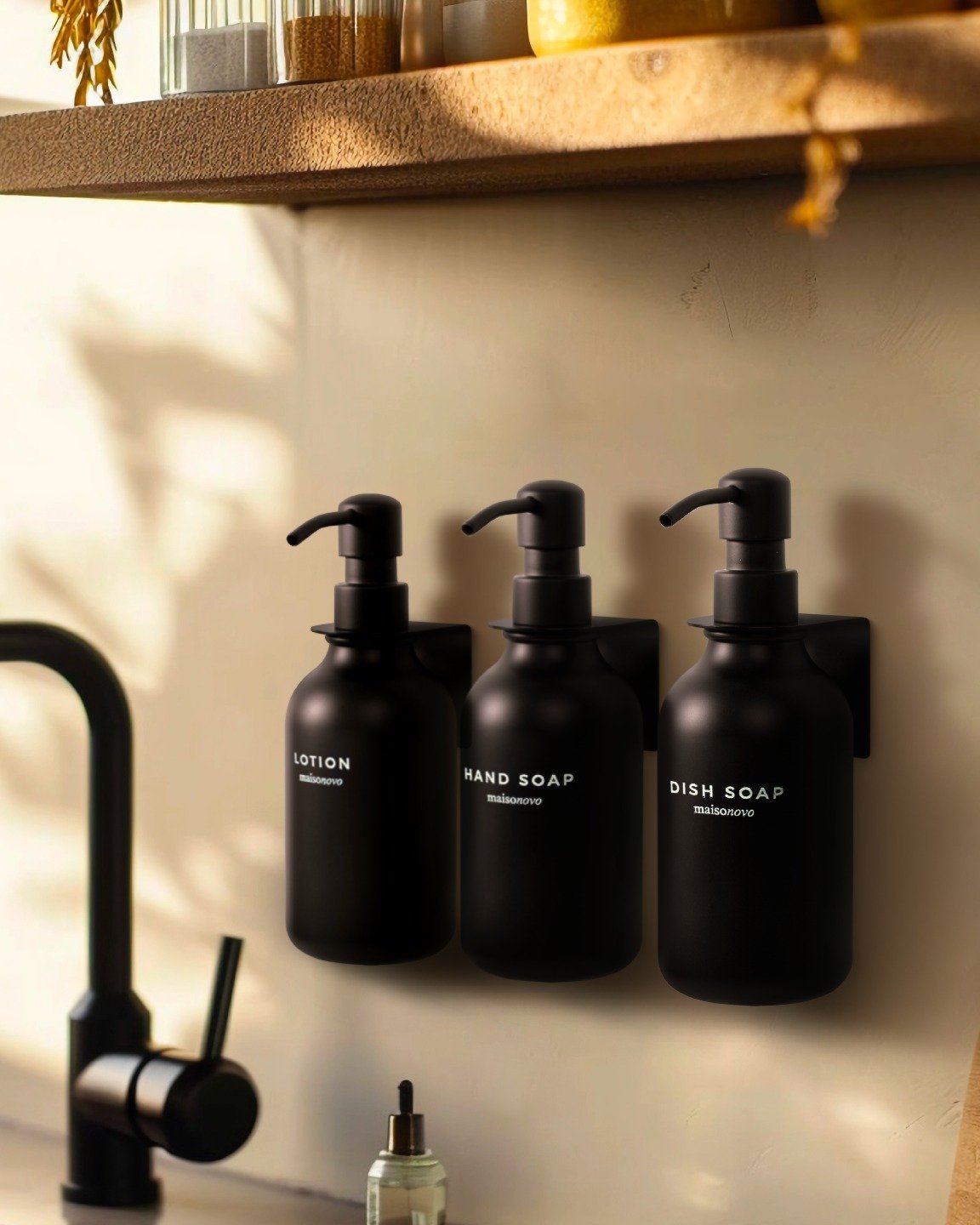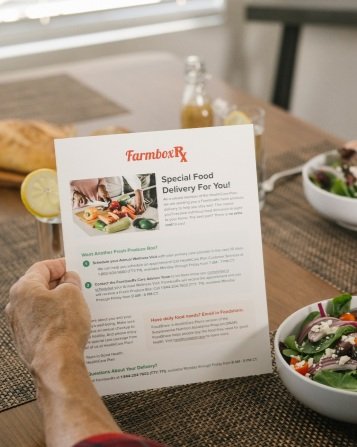Disclosure: Some of the links below are affiliated; we may earn a small commission if you click through and make a purchase. We only feature brands that align with our values and contribute to a better world. Thank you for supporting these brands - and us!
The Best Eco-Friendly & Sustainable Planners and Notebooks
Almost one billion trees worth of paper is thrown away in a single year in America, and that’s just in the U.S. Paper waste alone accounts for a quarter of landfill waste, so how do we help? Knowing what to look for when shopping for paper-focused products, like planners and notebooks, and selecting a tree-free paper alternative when possible is a great place to start.
What does FSC-certified mean?
The Forest Stewardship Council (FSC) certification means the wood used to create the product was harvested ethically and responsibly. However, FSC-certified wood only applies to virgin wood, so while the harvesting and forestry process may be more responsible, the products made from the wood still may not be. As always, no label should be trusted blindly. Be sure to research the individual company ethics and policies before deciding if the product you are considering purchasing meets your personal criteria for sustainability.
Does sustainable paper exist?
There are sustainable paper options, some completely tree-free and others that at least minimize the tree pulp needed. Recycled paper is not tree-free and is typically not 100% post-consumer recycled material. Most recycled paper uses a combination of recycled and virgin tree pulp, so while it is an improvement, don’t be fooled by greenwashing. Companies are required to list the percentage of recycled material in their paper and look for as close to 100% as possible when considering recycled paper. When purchasing a product like planners or notebooks, it may be harder to trace the paper composition. A better sustainable paper option is a fully tree-free material like the increasingly popular stone paper.
What is stone paper?
Stone paper uses ground stone, usually limestone and marble, processed into a smooth paper-like material. The stone fragments are typically sourced from the construction industry, where there is a surplus of leftover stone materials. When ground and processed into paper, it becomes a hydrophobic material that is waterproof and tearproof. It also has a smooth eggshell-like feel that allows pens and pencils to glide smoother than standard paper. Artists love stone paper for its high-quality composition, allowing their designs and drawings to appear richer than traditional paper. Writers love stone paper for its durability. Stone paper manufacturing is also more Earth-friendly as it requires no water or chemicals and uses waste material.
While there is never a perfect solution when it comes to sustainability, there are at least better options and these companies make use of the more sustainable options for planners and notebooks.
our favorite sustainable notebooks & planners:
1. agood Company
Using stone paper, agood Company offers notebooks, journals, and pocket diaries that are stylish and sustainable. agood Company is B Corp certified and provides a breakdown of the environmental footprint associated with each product and part of its production chain. To be as sustainable as possible, they utilize climate-neutral shipping by compensating for transport, choosing environmentally-friendly raw materials, and packaging all products responsibly. agood Company also created a plant-a-tree initiative with WeForest and a foundation to support sustainability efforts in communities around the globe. For anyone who wants their purchase to go beyond a pretty planner or notebook, agood Company provides a simple, sustainable solution.
2. Karst
Karst wants to disrupt the paper industry, so this company created a tree-free solution, paper made from recycled stone. This makes their paper smooth, tear-resistant, waterproof, and sustainable for our planet. Karst also partners with One Tree Planted and is a certified B Corp company. Notebooks are available lined, dotted, blank or with a grid. The planners are available in weekly or daily formats. Also available are sketchbooks, notepads, and tree-free pencils. Karst is for a notebook aficionado who appreciates thoughtful design.
3. Papier
Created with sustainably sourced paper and using recycled packaging, Papier is known for seasonal collections and unique designs. They often team up with artists to bring their talents to Papier products for products you won’t find anywhere else. The planners are available in a variety of formats from yearly, monthly, daily and academic. The journals are available in classic or specialized formats for recipes, wellness, travel, gratitude, or standard and come lined, plain or specific for list-makers. Papier is perfect if you are looking for a more sustainable planner or journal that is beautiful inside and out.
4. Dingbats*
At Dingbats*, all materials used for their journals are biodegradable, vegan, and recyclable.
Notebooks feature minimal nature and animal motifs on their faux leather covers and are V-label certified, which means no animal-based adhesives are used in their products.
The inside pages are acid-free, fountain-friendly, FSC-certified paper that lays flat for optimal writing, especially for lefties. Dingbats* offers a simple and minimal selection that puts the Earth and animals first.
5. Wisdom Supply Co
Created by two women frustrated with the amount of plastic and waste on the planet, especially associated with school supplies. Wisdom Supply Co makes fully recyclable notebooks and planners that are zero waste and made in the USA. As a certified B Corp, sustainable practices are upheld throughout production, and all orders are shipped plastic-free. Also available are zero waste binders, folders, dividers, and planners made with students and teachers in mind. So if you love back-to-school shopping but want to do it more sustainably, Wisdom Supply Co is a great place to start!
6. Five Minute Journal
Transform your life with the Five Minute Journal. Spending just five minutes a day practicing gratitude can boost positivity, reduce anxiety, and improve overall well-being, even on the busiest of days. This approach is the simplest and scientifically backed way to a happier you. With the Five Minute Journal, you can practice mindfulness and gratitude journaling, while also taking advantage of additional features that traditional journals do not provide. The journal is made with 100% recycled, compostable and FSC-Certified paper and bound in linen fabric.
Five Minute Journal is available for iOS and Android, as well.
7. Green Dreamer
Currently offering physical and digital planning options, Green Dreamer combines mindfulness and goalsetting in its planners.
The inside planner pages are made of recycled paper and feature a hardcover that is bound by recycled kraft paper.
You can also add an optional book cloth cover that is made from 100% recycled cotton.
While Green Dreamer is phasing out the physical planners, you will still be able to purchase the planner template to download.
The template features a minimalist and versatile design using undated monthly and weekly formats, and it even includes important social and eco-awareness dates. In addition, green Dreamer is a cost-effective option as their digital download is less expensive than traditional planners, and you can print it on your own sustainably-made paper.
8. Gitchi Adventure Goods
If you or someone you know is always in search of their next adventure, Gitchi Adventure Goods makes journals to keep track of it all.
A small notebook made in the USA that will easily fit in a backpack so you can keep it with you on the go.
Gitchi Adventure notebooks are made with 100% post-consumer recycled paper that is FSC® and Green Seal® Certified and made with 100% renewable electricity.
Digital Planners and Notebooks
For all the digital planners and writers, there are some digital planning and notebook options created with you in mind.
1. reMarkable
reMarkable is as close to a digital notebook as it gets.
The creators of reMarkable had one goal, to create the best paper-like experience possible with the limitless connection that modern technology provides.
With reMarkable, your handwritten notes can be converted into text that syncs to your cloud, phone, or laptop. It is the thinnest tablet available, so you have a similar pencil-on-paper experience.
Since reMarkable was made for writing, it doesn’t come with the typical distractions regular tablets do, so you stay focused and organized. No trees are required, and your writing or planning experience is as close as it can get to using a traditional notebook.
2. Notion
If you type notion in on YouTube, you’ll have a plethora of ways to customize this digital workspace.
You can use it as a planner, project manager, or journal; it is used by large companies and students alike to keep organized and capture thoughts. Digital planners love Notion because you can add custom templates, habit tracking, digital stickers and make it look and feel just like a regular planner. Notion is available for iOS, Android, and desktop.
3. GoodNotes
If you dive into the digital note-keeping and planning space, chances are you’ve heard of GoodNotes.
An app that allows you to use your iPad as a journal and planner.
You can add as many notebooks as you want, all stored in one spot and synced with the cloud.
While only available for iPad users, it is a powerhouse app if you already have access to an iPad or Mac.
4. DayOne
If you’ve always wanted to be a journaler but never stuck with it, DayOne is for you!
Keep your thoughts and experiences together with text, audio, photo, and video all in one place.
Elegant and easy to navigate, DayOne allows you to maintain ownership of your data, keeps it safe and encrypted for you, and you can access it on any device.
DayOne is available for iOS, Android, and desktop.
About the Author
Karmen Flores is a creative entrepreneur based in Michigan. Karmen shares all about plant-based and sustainable, intentional living on her blog Karmen Collective. From recommendations for all things plant-based to tips for living more sustainably, Karmen makes living with intention less intimidating and more accessible. You can connect with Karmen on Instagram @karmencollective and at www.karmencollective.com.
MAKE SURE TO PIN THE PHOTO BELOW TO SAVE THIS POST FOR LATER!
WANT TO FIND MORE SUSTAINABLE BRANDS?
The Brand Directory features hundreds of sustainable brands approved by us!
We have broken everything down by category for easy shopping, along with discount codes unique to Sustainably Chic viewers.


